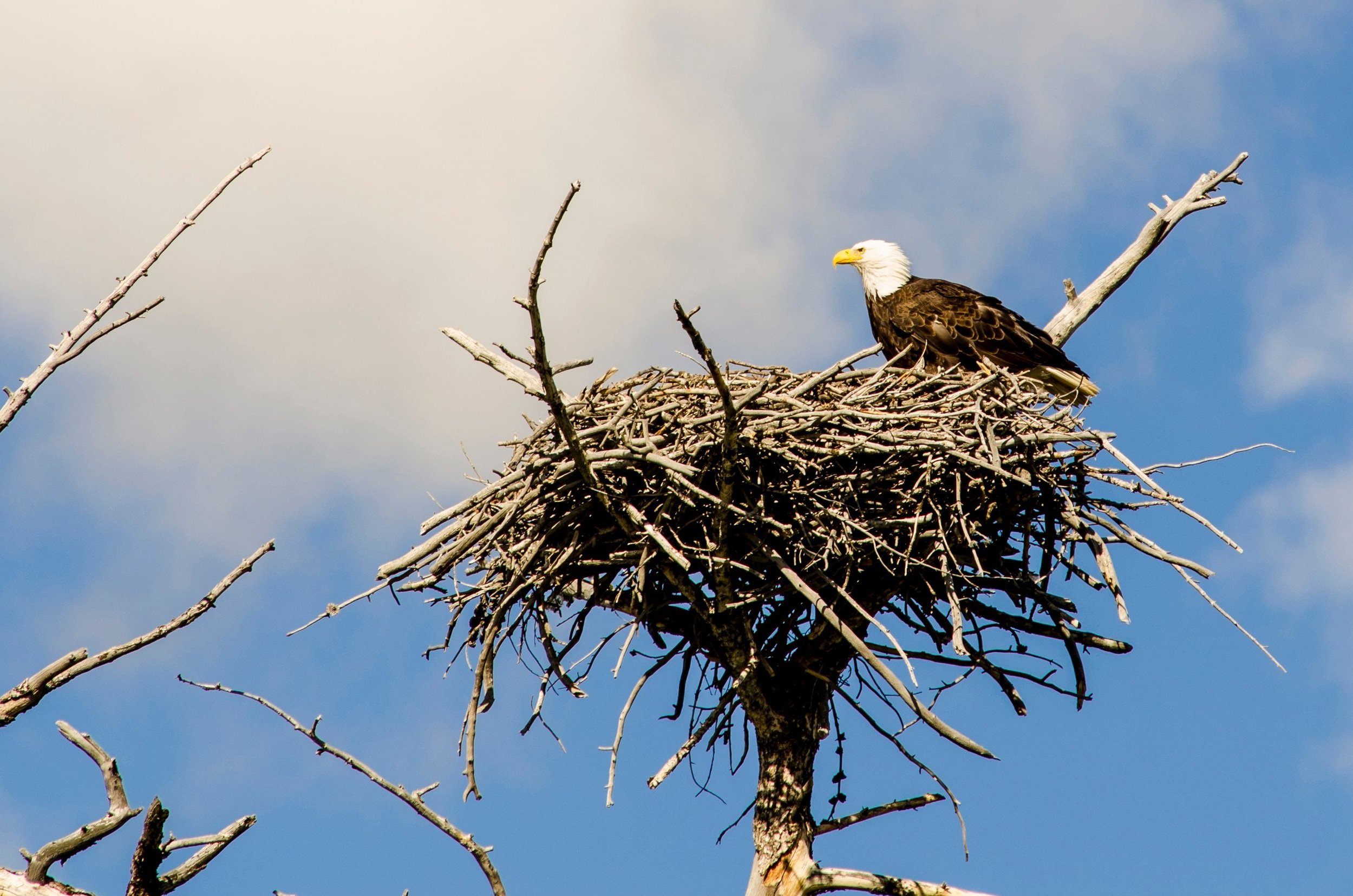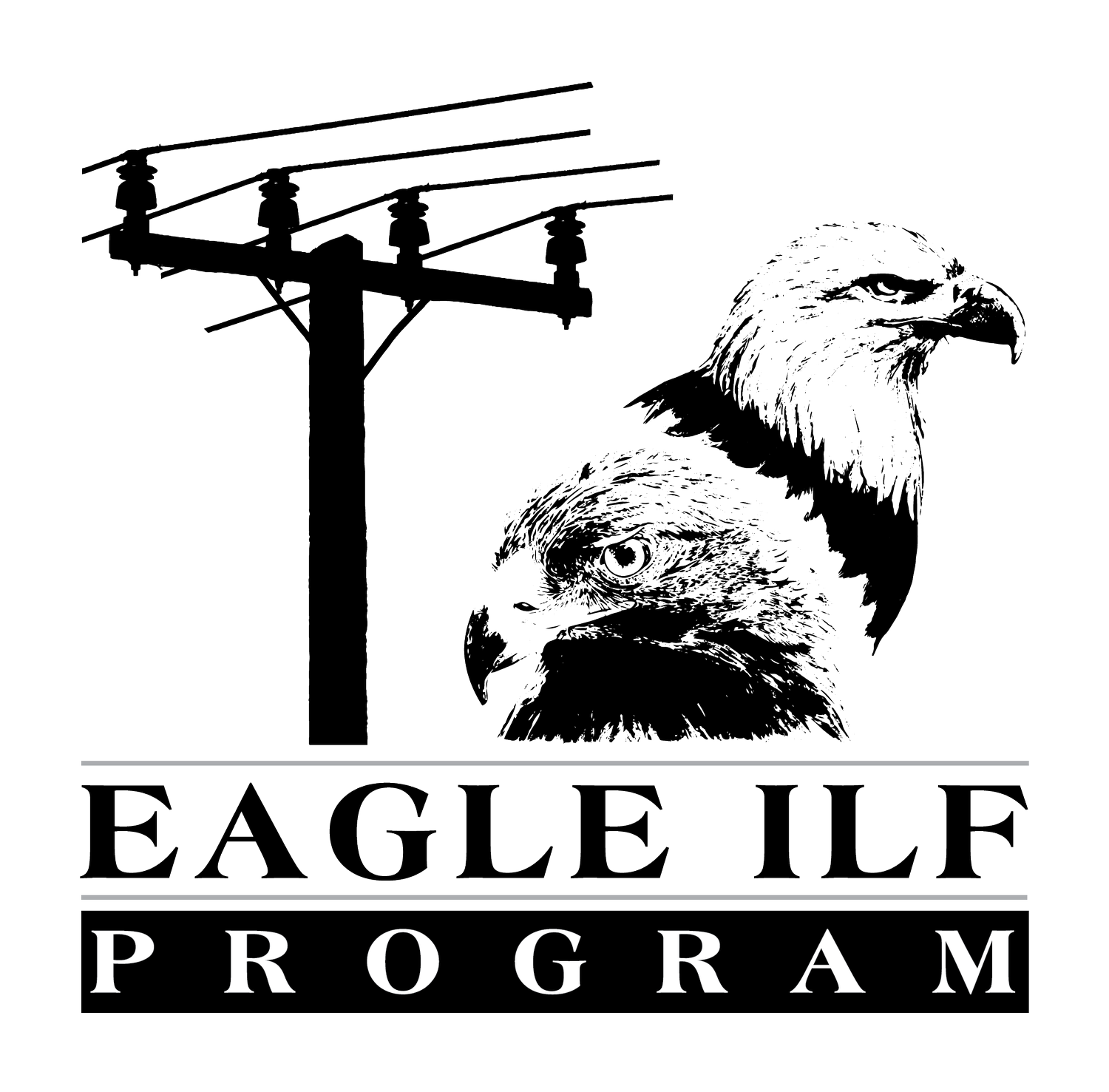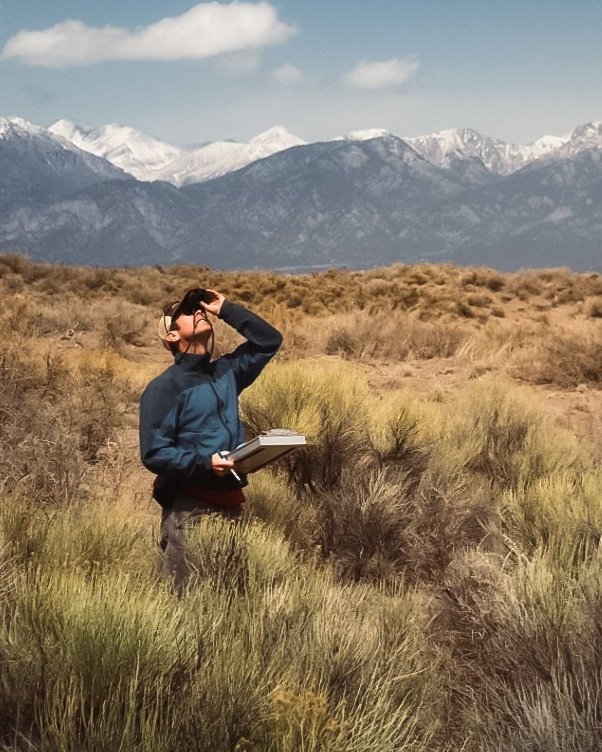
The Eagle ILF Program was authorized by the U.S. Fish and Wildlife Service in 2018 to sell mitigation credits for Bald Eagles and Golden Eagles. The program is the first of its kind under the Bald and Golden Eagle Protection Act and revolutionized and standardized eagle compensatory mitigation methods.
The availability of future incidental take permits depends on the demonstrated effectiveness of compensatory mitigation. The Eagle ILF Program’s transparent, accountable, conservation-oriented approach gives USFWS and credit buyers confidence that their investment will conserve eagles.
Program Area and Service Territories
The Eagle ILF Program is authorized to sell mitigation credits to offset take throughout the species range in the United States. Credits for each species are managed by USFWS eagle management unit (EMU) boundaries.
Program Staff
The Eagle ILF Program is managed by Eagle Electrocution Solutions. Program staff are leading experts in mitigating eagle electrocutions with 100+ years of combined experience working with both the electric utility industry and the U.S. Fish and Wildlife Service to reduce electrocution rates in eagles.
For More Information
And to purchase credits, or become a utility partner, contact us at (970) 430-4170 or info@eaglemitigation.com



